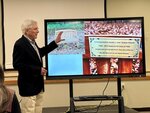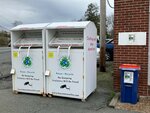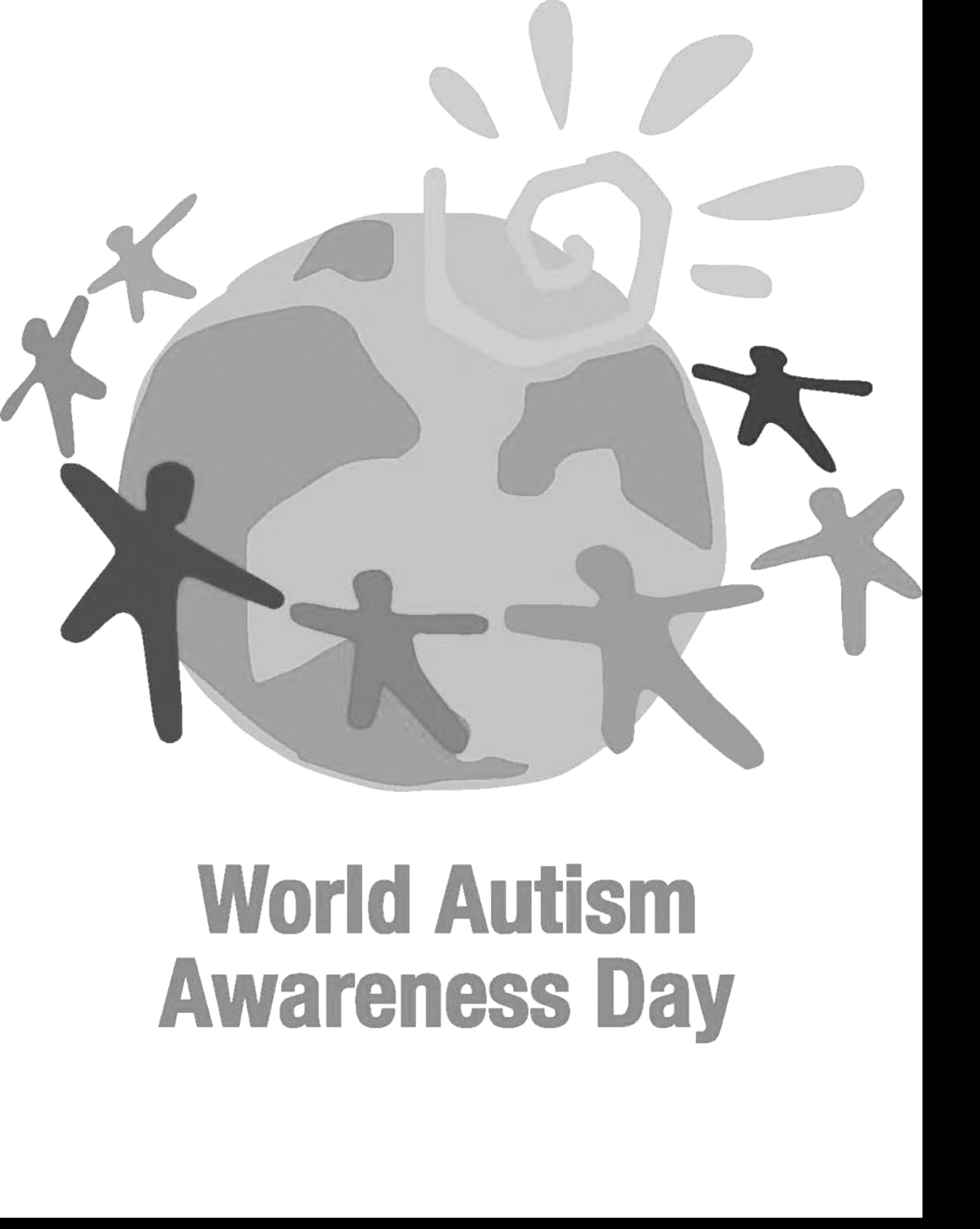April is Autism Awareness Month
April is Autism Awareness Month. April 2 is “World Autism Awareness Day” and people all over the world will be participating in Autism Speaks’ “Light It Up Blue” campaign by wearing blue shirts, and famous landmarks from the Empire State Building to the Great Pyramids in Egypt will be lit up blue.
While raising awareness is always important, many autism specialists and parents believe the emphasis should be on action and understanding rather than awareness.
“I think the awareness is out there. It’s not so much an issue anymore. I think what we need to focus on is acceptance and understanding of ASD (autism spectrum disorder),” said Kate Dansereau, Autism Specialist with Community Autism Resources, a local agency that serves 3,000 families affected by autism in 88 towns and cities in the area.
Most people today are not only aware of autism; they are personally touched by it in some way. Most people have a family member, friend, neighbor or classmate on the spectrum.
They know that autism is characterized by difficulties in social interaction, communication and repetitive behaviors.
Some people may know that the prevalence rate of autism in the United States is 1 in 68 children, and 1 in 42 boys.
The Centers for Disease Control and Prevention just released new estimates on autism prevalence on March 30. While they found the prevalence rate is unchanged from two years ago, 1 in 68, experts say that it doesn’t necessarily mean that the numbers are stabilizing. Investigators determine prevalence based on the records of 8 year-olds, but adults continue to be diagnosed every day.
Dr. Catherine Rice, director of the Emory Autism Center said that prevalence continues to be higher than expected, according to a report on CNN’s website,
"While this is a hint there may be a slowing of growth and identification of people with autism, it certainly doesn't yet confirm that we are seeing this leveling out. What it confirms is that autism is a more common condition than we had been addressing for many years …," said Rice.
Other experts agree.
“There’s evidence to suggest that these numbers may still underestimate the true prevalence of autism in the United States,” says epidemiologist Michael Rosanoff, Autism Speaks director of public health research in a press release. “We need to understand why we may be missing autism cases in order to ensure that sufficient services are in place to support individuals across the autism spectrum and across the lifespan.”
There are more than three million Americans with an autism spectrum disorder. There is no known single cause of ASD, but it is generally accepted that has to do with “abnormalities in brain structure or function” according to the Autism Society of America.
Researchers are investigating several theories, including heredity, genetics, medical problems and the environment.
There is the medical/treatment side of the disorder and there is the family support side.
Dansereau says that people contact Community Autism Services looking for all kinds of information and support. Most often they are looking for information on social groups and community activities for children and adults; IEP support and individualized support. (IEP stands for Individualized Educational Plan, a plan developed for children with disabilities that outlines specialized instruction and services.)
Individualized support is important because every child with autism is different. Some children are non-verbal. Some are aggressive or self-injurious. Some have trouble sleeping or are picky eaters. Some get anxious when they hear loud noises or are in crowded places. Others don’t know how to act in social situations. And that’s just a few examples.
The key is getting everyone the help they need so everyone with autism can lead a full life.
“One of our biggest challenges (at CAR) is looking for and possibly creating those supports for individuals with ASD,” Dansereau said.
Experts agree that more services are needed, especially for adults with autism. After young people with autism finish school, they often have a difficult time finding jobs, adult day care and housing. One statistic reports that more than 30 % of young adults with autism have not had a job or received postgraduate education after high school. (Parents would probably say that number is a lot higher.) The burden all too often falls on the family.
“It’s tough because what’s out there right now for individuals with disabilities doesn’t always fit individuals with autism,” Dansereau.
“While we continue to focus on increasing access to earlier identification and quality services for all children with autism, it’s vital for us to remember that the 1 in 150 children counted in the first 2007 CDC prevalence report are now adults,” says Autism Speaks President and Chief Executive Officer Angela Geiger in a press release. “While some individuals are thriving, many, many others need personalized support and services to reach their full individual potential for the rest of their lives.”
All these services and supports require funding. Autism is the fastest growing developmental disability, but it receives much less government research funding that other childhood diseases. Agencies like Autism Speaks and the Autism Society agree that more funding and resources are needed that focus on treatment options. Adults with autism need more employment opportunities and housing options. Doctors and hospitals must continue early screening and diagnosis, say experts.
So how can we improve understanding and acceptance overall?
“We should develop a campaign focusing on what children and adults deal with on a daily basis, such as problems with self-regulation, communication, sensory integration, anxiety and social skills,” Dansereau said.
Although awareness has increased, there is still somewhat of a stigma attached to individuals with autism. When people see children with autism “acting up,” behaving inappropriately or having meltdowns in public, they may think that kids with autism are out of control, or always behave badly or don’t fit in.
“I’d like people to understand that the behavior is just a reaction to whatever stimuli or challenge they are experiencing. And they are working every day to fight those challenges,” Dansereau said.
Programs like Best Buddies and Unified sports teams and integrated classrooms help to reverse the stigma and more initiatives like these are needed, too.
Temple Grandin, a world renowned author and autism spokesperson who is on the spectrum, said, “There needs to be a lot more emphasis on what a child can do instead of what he cannot do.”
For more information, contact Community Autism Resources at 508-379-0371 or www.community-autism-resources.org or Autism Speaks at www.autismspeaks.org or Autism Society of America at www.autism-society.org.


















Comments
No comments on this item Please log in to comment by clicking here